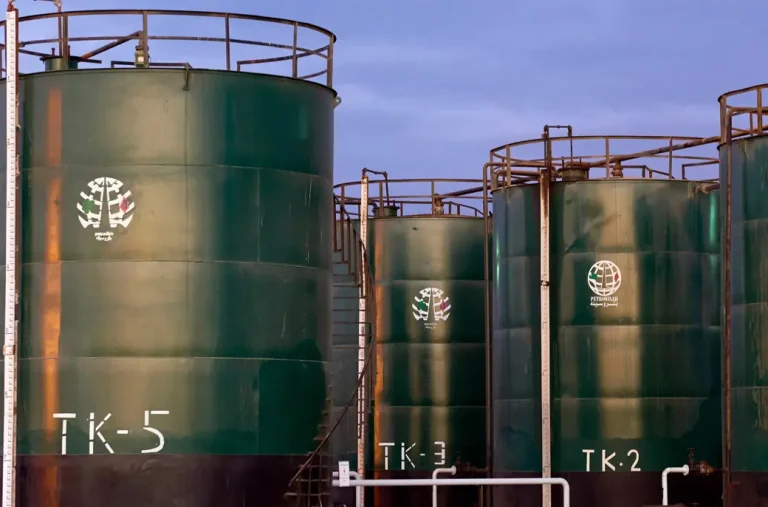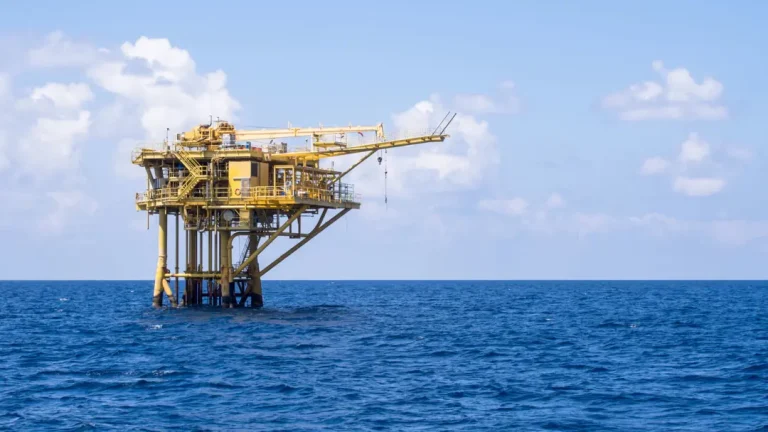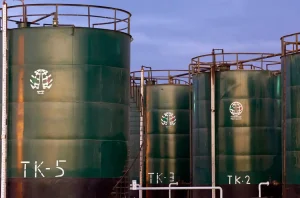A ripple of tension has crept back into the oil arena as unexpected disruptions and looming policy changes converge, prompting investors to reconsider the familiar rhythms of supply and demand.
The past week has seen oil benchmarks reclaim levels unseen since late June, driven not by steady growth in demand but by sudden jolts to global shipping lanes and the promise of tighter U.S. output. Vessels navigating the Red Sea have once again come under threat as the Houthi faction in Yemen appears to have reignited its campaign against commercial shipping. With a cargo ship sunk and lives lost, the immediate effect has been to tighten the world’s busiest maritime corridor, nudging up freight costs and compelling traders to factor in a new layer of geopolitical risk. For portfolio managers, the prospect of prolonged instability in that narrow stretch of water means that assumptions of ample supply flowing uninterrupted may need to be recalibrated.
Parallel to these southern flare-ups, the U.S. Energy Information Administration has flagged a downward revision to American oil output for the coming year. As prices have softened since early summer, several shale operators have throttled back drilling activity, preferring to guard balance sheets over chasing incremental barrels. This shift carries implications for global balances: less U.S. production allows other suppliers greater latitude to lift exports without triggering a supply glut. Investors weighing energy equities will be attentive to how quickly and decisively U.S. producers respond once prices cross profitability thresholds once more.
Overlaying these supply dynamics is the shadow of potential U.S. tariffs, with the administration hinting at steep duties on strategic metals. While copper itself sits outside the oil complex, any measures that slow industrial growth or reroute manufacturing costs could dent fuel consumption projections. Companies in the energy sector may find themselves wrestling with cost inflation on equipment and infrastructure, as well as muted demand from slower-growing end markets. The uncertainty around tariff finalisation extends a hedging premium onto oil prices even if, in the short term, holiday travel in the U.S. has bolstered gasoline draws.
On the OPEC+ front, ministers have authorised further increases in output, unwinding prior voluntary cuts and elevating quotas for members such as the United Arab Emirates. Yet despite nearly a million extra barrels per day slated for August and September, inventories have not swelled as feared. The industry’s recalibration suggests that demand has quietly absorbed the fresh volumes for now, a testament to resilience in transport fuels and an echo of restocked strategic reserves across consuming nations. For investors, the question becomes whether those inventories will remain lean heading into the northern winter, or whether surging production will eventually outpace consumption, applying downward pressure to margins.
Summing these threads, the oil market has entered a phase where fleeting supply shocks and policy ambiguity carry as much weight as core demand trends. Traders and fund managers must balance the immediate premium attached to risk-laden shipping routes and U.S. production cuts against the medium-term prospect of elevated output from cartel members. Capital allocation within energy portfolios will hinge on convictions about which forces will dominate: will geopolitical flare-ups recur and sustain higher price levels, or will a gradual normalization of both shipping security and OPEC+ contributions usher in a softer pricing environment?
In the coming weeks, official inventory data and any clarifications on U.S. tariff measures will serve as critical signals. Those with the dexterity to adjust positions ahead of such releases stand to capture the swings that now characterise the market’s new normal.
Pharos Energy Plc (LON:PHAR) is an independent energy company with a focus on delivering long-term sustainable value for all stakeholders through regular cash returns and organic growth, underpinned by a robust cash flow and resilient balance sheet.













































